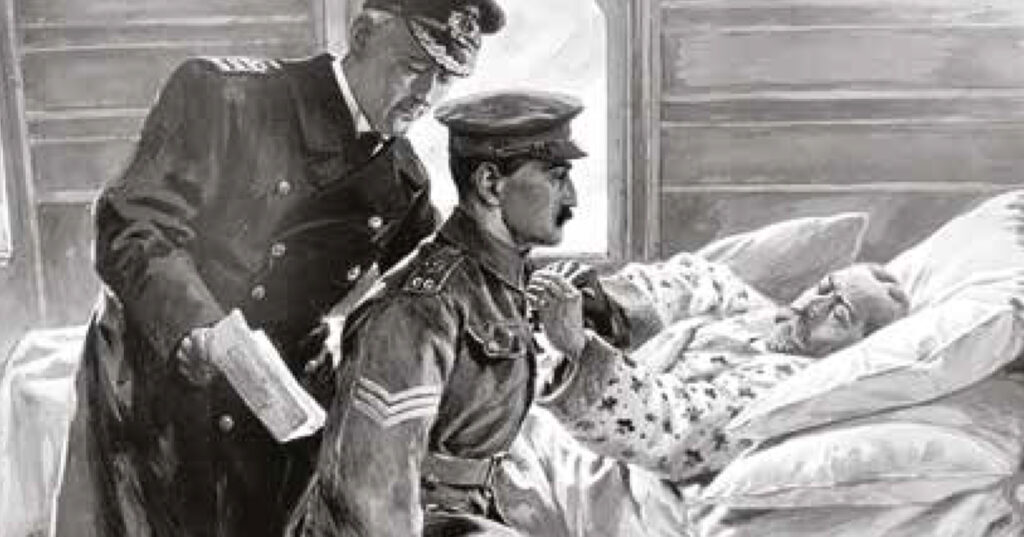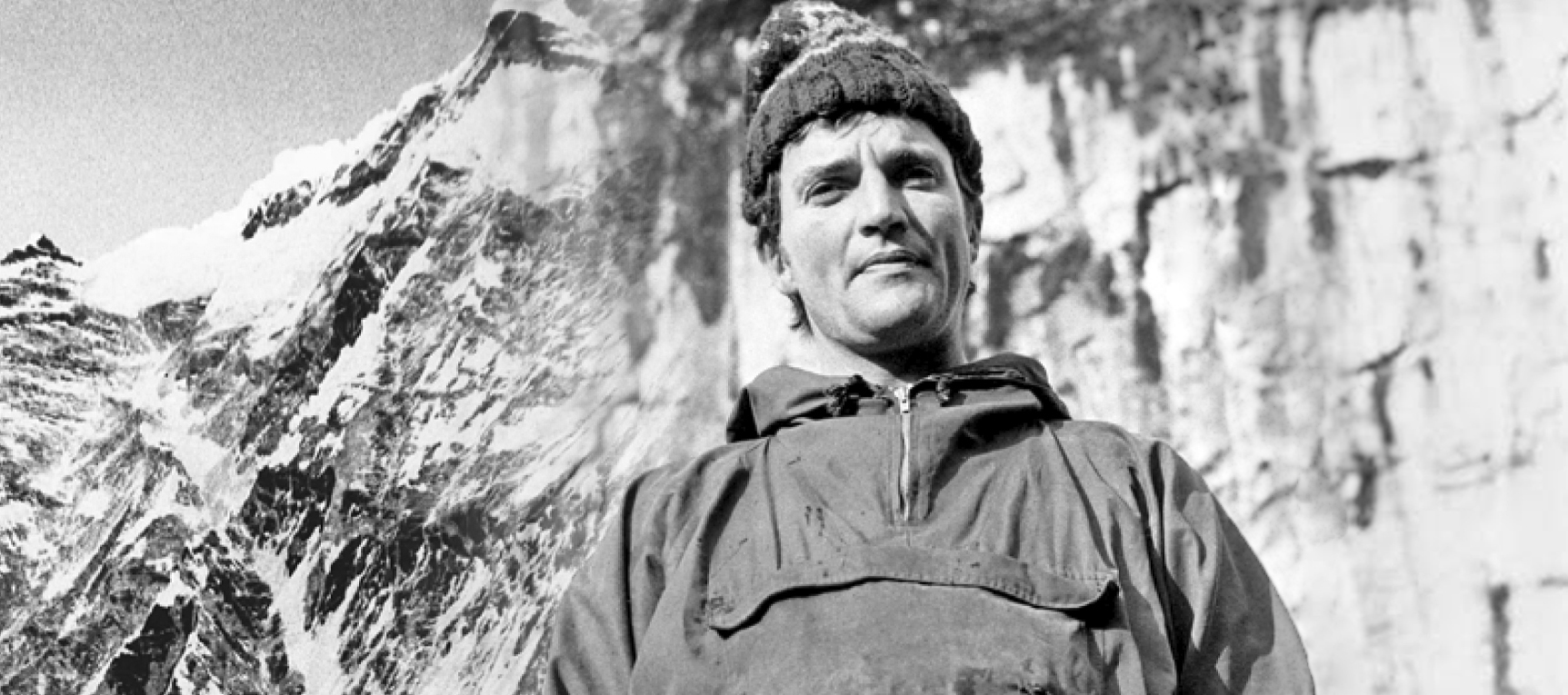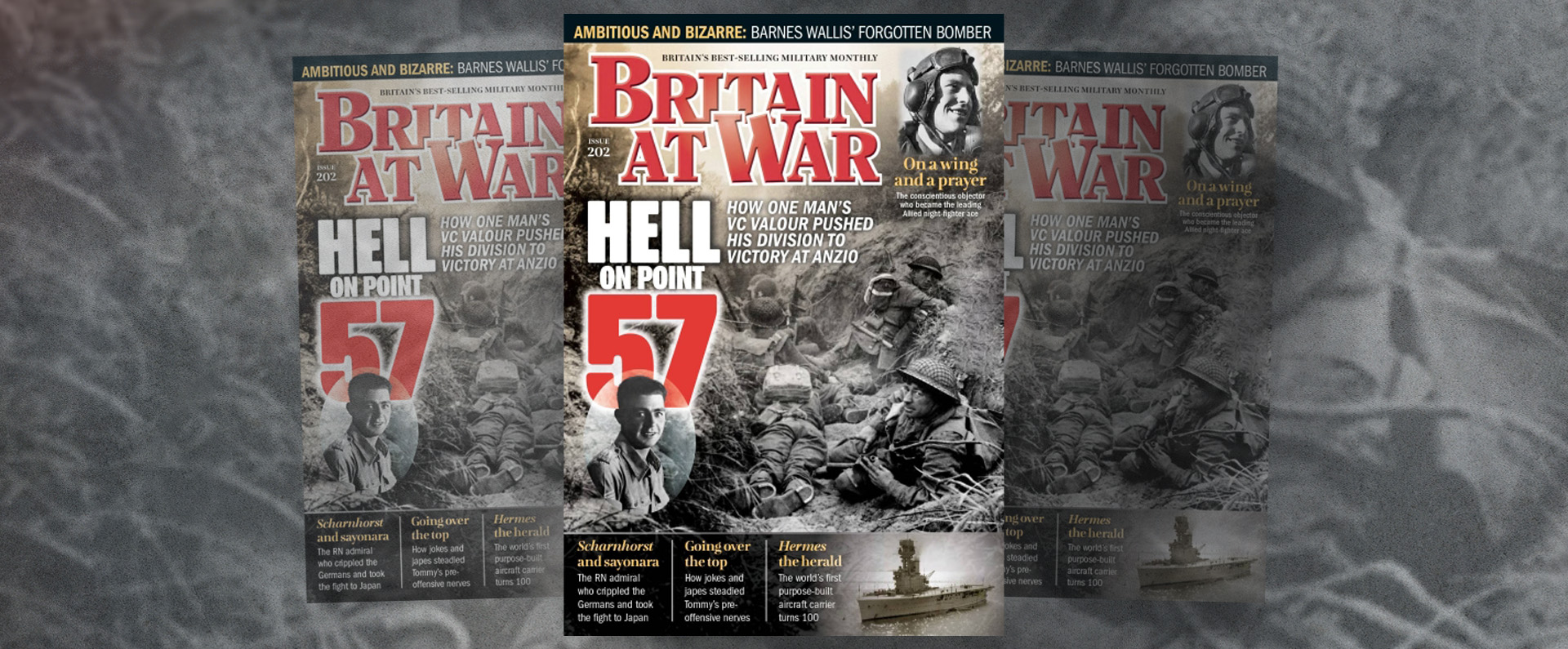
Published in Britain at War in October 2015.
Sergeant Oliver Brooks: initiative
Oliver Brooks, the son of a butcher, was born in Paulton, near Midsomer Norton, Somerset, on 31 May 1889. The youngest of six sons, Olly, as he was known by his friends, was educated locally at St John’s School in Midsomer Norton. At this point in time, this area of Somerset was a busy mining community and, after leaving school, Brooks worked as a “carting boy” at Norton Hill Colliery. This involved the tough, manual job of pulling coal trucks using a chain tied around the waist.
On 17 April 1906, Brooks enlisted into the Coldstream Guards, giving his age as 18 years and 11 months when he was, in fact, a year younger. He trained at Caterham, Surrey, before being posted to Victoria Barracks, Windsor. After seven years in the Coldstream Guards, Brooks was discharged to the Reserve in April 1913 and he returned to his Somerset roots. After a brief spell back down the mines, he became manager of Peasedown’s cinema and theatre. However, after the outbreak of the Great War, he was mobilised on 1 August 1914. Just four days later, he travelled to France with the 3rd Battalion Coldstream Guards as part of the British Expeditionary Force (BEF).
Between November 1914 and September 1915, Brooks received three promotions – to lance corporal, corporal and lance sergeant. On 8 October 1915, he was involved in fighting in northern France as part of the Battle of Loos, at which the British used poison gas for the first time against the enemy.
Five days earlier, on 3 October, the Guards Division had been called to renter the trenches at Loos – a move that coincided with a determined German attack against the Hohenzollern Redoubt. The all-out enemy thrust came at 3.15pm on 8 October after a three-hour bombardment and the main target of the assault by the advancing enemy infantry was a narrow salient close to “Big Willie” trench.
During this attack on ground held by the 2nd Guards Brigade, the 3rd Grenadier Guards was holding an advanced trench that became virtually surrounded by the enemy. Two companies of the 3rd Grenadier Guards were bombed out of their positions and had to retreat. The situation looked grim with a real possibility that the enemy could become established in the British line.
It was the 3rd Battalion, Coldstream Guards, that saved the day even though they had their hands full at the time dealing with the German advance. Lance-Sergeant Brooks took the initiative after learning that some 200 yards of the British trenches had been taken over by the enemy. Brooks, aided by six bombers and a section of rifles, began bombing the enemy in a determined manner and, after three quarters of an hour of fierce fighting, they regained the lost position.
Even though the Germans again tried to recapture the trenches, the Guards held out. Such was the intensity of the battle that the 3rd Battalion used 5,000 bombs during the day. Brooks’ VC was announced swiftly on 28 October – just 20 days after his medal-winning action. The citation for his award ended: “The signal bravery displayed by this Non-commissioned officer, in the midst of a hail of bombs from the Germans, was of the very first order, and the complete success attained in a very dangerous undertaking was entirely due to his absolute fearlessness, presence of mind and promptitude.”
Brooks, who by now was 26 years old, was promoted to sergeant the day after his VC action and he received his award from George V on 1 November 1915 on board a hospital train at Aire Station, France. This was not because Brooks had been wounded during the Battle of Loos but instead because the King had been injured when he was thrown from his horse while reviewing the troops. Despite being bed-ridden, George V was determined to invest Brooks, who knelt before him. However, the King was so weak that he was unable to get the pin of the VC through Brooks’ thick jacket.
As with all recipients of the VC, Brooks was feted as a hero and within a week of his investiture he appeared in an advertisement for Fry’s chocolate. However, he was soon back in France where he worked as a bombing instructor at Guards Division, HQ. There his pupils included the Prince of Wales, later Edward VIII – according to Brooks, the Prince of Wales became “very proficient” as a bomber.
However, it was not long before Brooks was back on the frontline and on 15 September 1916, at Cuinchy on the Somme, he was seriously wounded in the head and shoulder. He was evacuated back to Britain where he spent three months in hospital before rejoining his regiment.
On 17 August 1918, as the end of the war nearer, Brooks married Marion Loveday at Aldbourne Parish Church in Wiltshire and, after the war ended, the couple had two sons and two daughters. On 27 February 1919, Brooks, whose final rank was sergeant, was discharged from the Coldstream Guards and he returned to the Reserve. After his military career ended, Brooks worked as a commissionaire, first at the White Hart Hotel in Windsor and, later, at the Dorchester Hotel in London.
Brooks was an inaugural member of the Coldstream Guards Association and he played a full part in various remembrance ceremonies during the inter-war years. He died at his home in Windsor on 25 October 1940, aged 51. He is buried at Windsor Borough Cemetery and various memorials to Brooks include an oval stone tablet at Holy Trinity Church, Windsor. His medal group, including his VC, was gifted by his widow to the Coldstream Guards in 1967 and is now on display at the Guards Museum at Wellington Barracks, London.
Download a PDF of the original Britain at War article
For more information, visit:
LordAshcroftOnBravery.com


